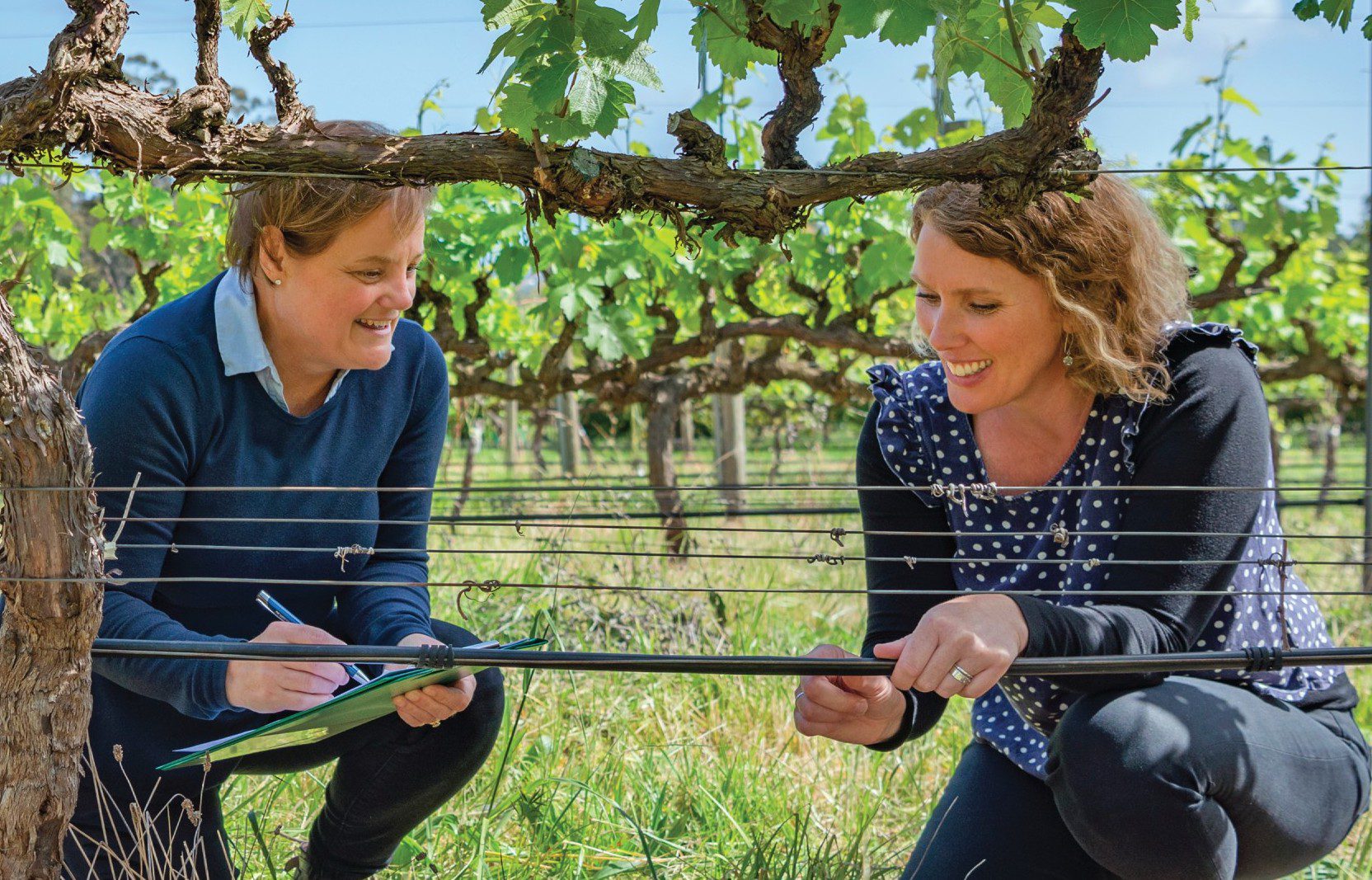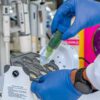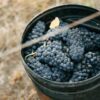
Respected Australian winemakers Brian Croser and Louisa Rose share their views on the world-renowned Australian Wine Research Institute being bled dry because of ever-decreasing funding.
The Australian Wine Research Institute (AWRI) is 70 years old next year.
One of us has been admiring and utilising their work for more than 50 of those 70 years, the other for only 33.
All Australian vignerons have been benefitting from the work of the AWRI, whether they know and appreciate it or not.
Rankine’s SO2 measurement apparatus.
Sommer’s elucidation of the role of anthocyanins in wine colour and quality.
William’s study of labile terpenes and their release from glycosidic bonds to become aromatic and flavoursome.
Henschke’s yeast and bacterial selections for commercial industry use.
Godden’s validation of the screwcap as a superior alternative to cork.
Chasing Brettanomyces out of Australian cellars and wines.
Identifying and measuring the compounds responsible for smoke taint.
Elucidating the role of nitrogen and sulphur compounds in Chardonnay wine quality.
Cracking the genetic code of Chardonnay clones to identify their provenance and quality in Australian vineyards.
Sustainable Winegrowing Australia…
These are a few of the wonderful things to come out of the AWRI, co-designed to directly help Australian vignerons.
The global technicians of grape and wine look on in admiration, envy and emulation of the AWRI and its discoveries.
The AWRI is able to recruit and retain the world’s best grape and wine brains because of its stellar reputation and the unique funding model it has enjoyed based on the industry self-applied levies on grape and wine production and export sales.
Levy revenue hypothecated to the AWRI by Wine Australia and its predecessors have underwritten the core capabilities and stability of the AWRI since its inception and establishment at the University of Adelaide Waite Campus in 1955.
AWRI is a small research institute that generates a modest income from providing analytical services via Affinity Labs, to industry which it does at a significant discount to commercially operated services overseas.
AWRI is wholly dependent on government-matched levy revenue to maintain the core of expertise and equipment that allow it to innovate, service and solve problems for the Australian wine community.
Imagine our surprise to read in the Wine Australia Independent Performance Review recently conducted by consulting firm ACIL Allen and published on Wednesday on WA’s website.
“The Australian Wine Research Institute which receives a large proportion of the R&I budget, is seen as high cost and inefficient in its delivery of R&I as well as its engagement with industry.”
This claim was repeated twice for emphasis in the document.
Who sees it that way and on what basis did they draw that conclusion?
We know what the answer will be, “ACIL Allen have interviewed 60 wine companies across the spectrum of size and region, and they have collectively or in a majority delivered that conclusion.”
We wonder whether there was overlap of those companies interviewed, as ACIL Allen concurrently helped assemble the much commented on One Sector Plan while on Wine Australia’s payroll?
Wine Australia would not come to that conclusion in their Performance Review without the validation and support of a selection of 60 Australian wine producers.
Meanwhile the vast majority of the 2,000+ Australian wine producers are completely and innocently ignorant of the current dilemma besetting the AWRI, because it has been evolving behind Wine Australia confidentiality curtains for at least three years.
A little history is to be endured here!
The total matched grape and wine R&I revenue stream is currently about $25 million per annum.
At its peak in 2010 the revenue income to the AWRI was $15 million in today’s dollars.
From there it diminished as competing services were funded until it was $8.5 million in 2020.
AWRI estimates it requires $8 million per annum of guaranteed levy income to maintain its core capacities – people, bricks and mortar, scientific equipment and operating.
In 2020, Wine Australia planned to further diminish that revenue significantly but after the intervention of Australian Grape & Wine and some bruising board battles, a four-year package of $30 million was agreed between WA and the AWRI, $7.5 million per annum, as a continuation of the ‘special relationship’ between the two bodies that has existed for most of the AWRI’s 70 years. That agreement runs to 30 June 2026.
Despite the agreement, since September 2021 there have been protracted negotiations between AWRI and WA about the research portfolio that have delayed the promised revenue stream of $7.5 million per annum.
Then the 2023 vintage intervened, delivering just 1.32 million tonnes of Australian grapes against the long-term average of more than 1.7 million tonnes. Less tonnes, less levy collection, and less Commonwealth matching funds.
A claw back clause of nearly $1.5 million in the special funding agreement between WA and AWRI, has been exercised by WA for 2023/2024 based on the reduced harvest.
WA are still spending about $25 million on R&I and Extension and Adoption in 2023/2024 but the AWRI will only be entitled to $6 million.
Of that $6 million, $2 million is destined to support AWRI’s extension and adoption role.
WA have announced, as a result of the performance review, they will implement a competitive bid process for the role of extension and adoption to the Australian wine community and are employing an extension and adoption coordinator based at WA.
This is estimated to further reduce AWRI’s budget by about $800,000.
We are now down to $5.2 million against a minimum requirement of $8 million to keep the AWRI as a viable, capable grape and wine research institute.
Because of the ‘death by a thousand cuts’ negotiation process that WA and the AWRI have been exercising for the last three years, the revenue stream to AWRI will be even less than $5.2 million for 2023/2024.
The Australian wine community deserve answers to two questions that arise from the defenestration of the AWRI.
Where and how is WA applying the revenue taken from the AWRI to achieve greater benefit and impact for the Australian wine community?
Has WA considered the effect of their actions on the AWRI and on Australia’s reputation as a global leader in grape and wine technology?
When the results of WA’s actions become apparent to the 2,000 Australian wine producers, we are confident they will be surprised and say we definitely need a viable AWRI.
When our overseas colleagues and friends in the wine business become aware of the diminution of the AWRI they will be amazed that the Australian wine community could so damage one of its greatest competitive advantages.
…and who will be there to support industry during the next industry crisis?
– Brian Croser and Louisa Rose
Related content













AWRI is our point of difference and testament to great science and innovation. An icon for me as a lab assistant at the Waite in early 1980s and then in 2016 as I started out on my Wine Show of WA journey, AWRI and ShowRunner was just what we needed. State government has walked away from support of agricultural research and trashed plenty of long term activity, the wine industry and Australian levy payers need to stand up and fight back. Not a wine or grape levy payer, but do pay on sheep & wool sold.